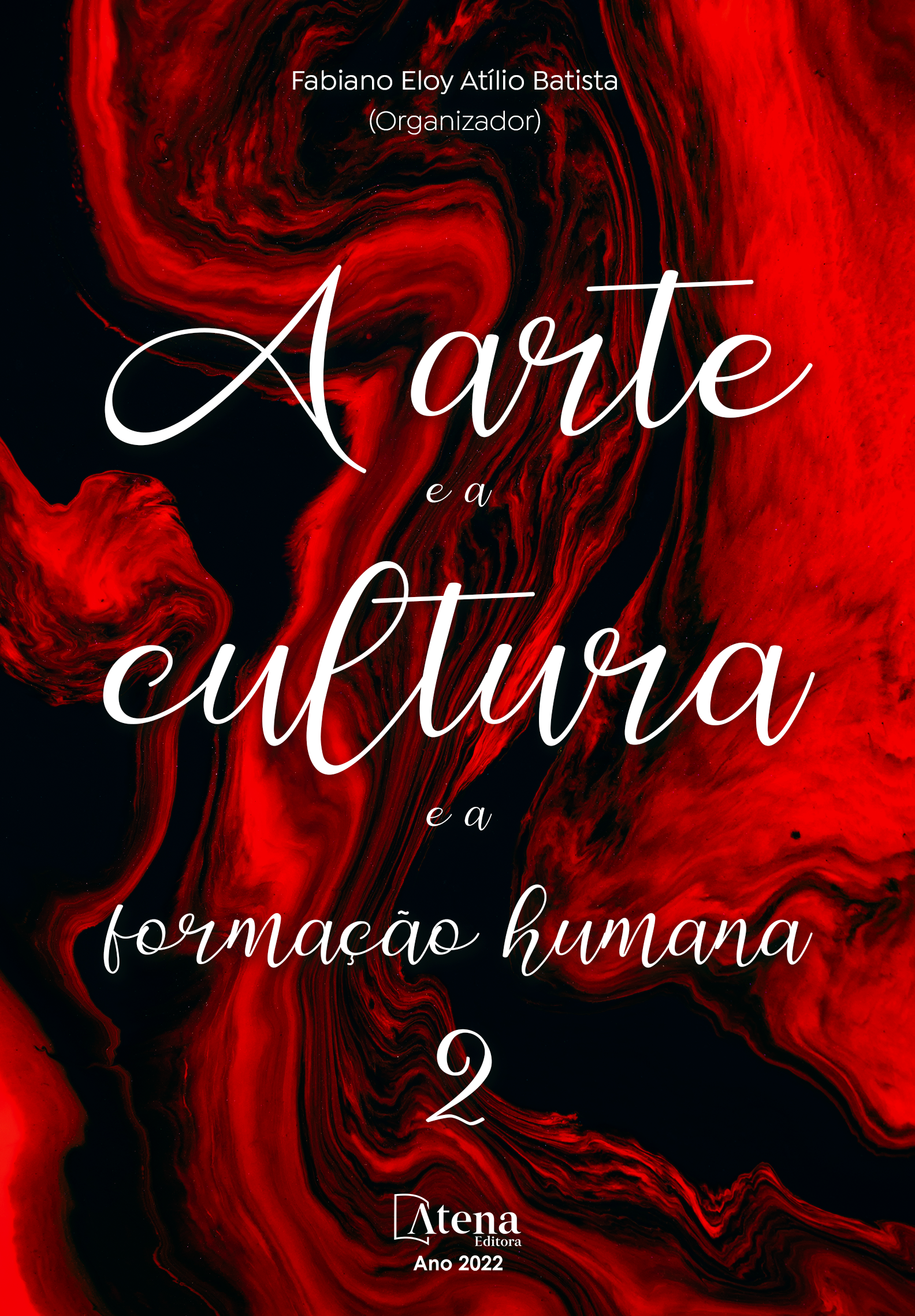
RACIAL AND TEXTUAL TRANSLATION IN THE NOVEL IO, VENDITORE DI ELEFANTI, BY PAP KHOUMA: SIGNIFYIN(G), ESHU AND IDENTITY MOBILITY IN BLACK FICTION.
Quando o poeta afro-brasileiro Trindade (2008) se descreve, em versos como “uma negra me levou para a Igreja” e “outra negra me levou para a Macumba”, transfere a experiência do orixá Exu do nível divino para o reino humano. Semelhante à dupla mobilidade do "eu lírico" de Trindade, Exu celebra sua própria dupla representação em esculturas com as duas cabeças de si mesmo. No campo da teoria literária dos afrodescendentes, a dualidade do poeta e a do orixá se rearticulam, por meio do conceito da Signifyin(g) de Gates (1988). Na perspectiva de Gates, a Signifyin(g) funciona como a especificidade literária negra de estabelecer diálogos entre dois textos negros, ou duas realidades culturais. Nesse sentido, este estudo busca delinear o processo de “chamada-e-resposta”, por meio do qual o romance original Io, Venditore di Elefanti do romancista ítalo-senegalês Pap Khouma (2015) e sua versão traduzida para o inglês como I Was an Elefphant Salesman estabelecem complementos e suplementos dialógicos. No âmbito racial da análise, o entrelaçamento e a divisão tendem a ocorrer entre a italianidade ocidental e a senegalidade africana; na arena linguística do estudo, criam-se divergências e harmonias entre a língua italiana e a língua inglesa. A análise das distinções e acordos inter-raciais e intertextuais baseia-se na discussão de eixos tradutórios específicos, combinando a interpretação do sujeito negro com aquela do texto negro. Tanto a conversa racializada quanto a linguística por meio da Signifyin(g) e Exu nos ajudam a entender o processo tradutório como um jogo dialógico entre dois mundos culturais distintos e dois produtos literários negros específicos. No caso da tradução do sujeito negro (o imigrante senegalês [africano] morando em Milão), há a aproximação, afastamento ou a fusão dos valores das culturas negra e branca, captados pelos conceitos de Negritude, Negritude e Negritice. No âmbito da tradução do romance negro, ocorrem semelhança, diferenciação e combinação entre os textos de partida e de chegada, endossados pelas noções de Paralatio, Similatio e Translatio.
RACIAL AND TEXTUAL TRANSLATION IN THE NOVEL IO, VENDITORE DI ELEFANTI, BY PAP KHOUMA: SIGNIFYIN(G), ESHU AND IDENTITY MOBILITY IN BLACK FICTION.
-
DOI: 10.22533/at.ed.71122110414
-
Palavras-chave: Signifyin(g). Exu. Tradução. Negritice. Translatio.
-
Keywords: Signifyin(g). Eshu. Translation. Negriticeness. Translatio.
-
Abstract:
When the Afro-Brazilian poet Trindade (2008) describes himself, in verses such as “a black woman took me to Church” and “another black woman took me to Macumba”, he transfers the experience of the Orisha Exu from the divine level to the human realm. Similar to the dual mobility of Trindade’s "lyrical self," Eshu celebrates his own dual representation in two-headed sculptures of himself. In the field of the literary theory of African descent, the duality of the poet and that of the Orisha rearticulate themselves, through Gates's (1988) concept of the Signifyin(g). From Gates’s perspective, the Signifyin(g) works as the black literary specificity of building dialogue between two black texts, or two cultural realities. In this sense, this study aims at delineating the “call-and-response” process, by means of which the original novel Io, Venditore di Elefanti by the Italian-Senegalese novelist Pap Khouma (2015) and its translated version into English as I Was an Elephant Salesman establish dialogical supplementarities. Within the racial scope, intertwining and split tend to occur between Western Italianness and African Senegaleseness; within the linguistic arena, disagreements and harmonies between Italian language and English tongue are created. The analysis of both the interracial and the intertextual distinctions and agreements is based on the discussion of specific translational axes, combining the rendition of the black subject with that of the black text. Both racialized and linguistic conversation through Signifyin(g) and Eshu helps us understand the translational process as a dialogic play between two distinct cultural worlds and two specific black literary products. In the case of the translation of the black subject (the Senegalese [African] immigrant living in Milan), there is the approximation, remoteness, or fusion of black and white cultures values, captured by the concepts of Negriceness, Negritude and Negriticeness. In the sphere of the translation of the black novel, there occur similarity, differentiation and combination between the source and target texts, endorsed by the notions of Paralatio, Similatio and Translatio.
-
Número de páginas: 19
- José Endoença Martins


